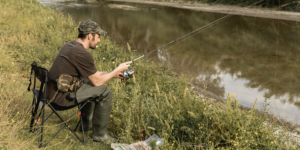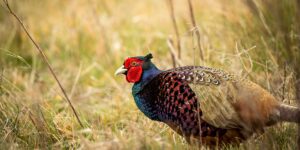The best time of year for bass fishing can vary depending on the location and species of bass. However, there are certain factors such as weather and temperature that can affect bass behavior which can help determine the best time to fish for bass.
Why limit yourself to public land when there are millions of acres of private land to explore.
Learn about the best times for fishing Catfish
Generally speaking, spring and fall are considered the best times of year for bass fishing, largemouth bass especially. During these seasons, water temperatures are cooler and more favorable for feeding and breeding. Spring is particularly good as bass begin to move into shallow waters to spawn and feed on baitfish.
Another factor that affects bass fishing and bass behavior is weather patterns. Cooler temperatures and overcast or rainy days can make them more active while bright sunny days can make them more lethargic.
It’s important to note that different species of bass have different habits and behaviors throughout the year. For example, largemouth bass tend to spawn earlier in the year while smallmouth bass tend to spawn later in spring or early summer.
By understanding how water temperature, spawning habits, weather patterns and species-specific behaviors affect bass behavior throughout the year you can determine the best time for bass fishing in your location.
Best Time To Catch Bass By Seasons
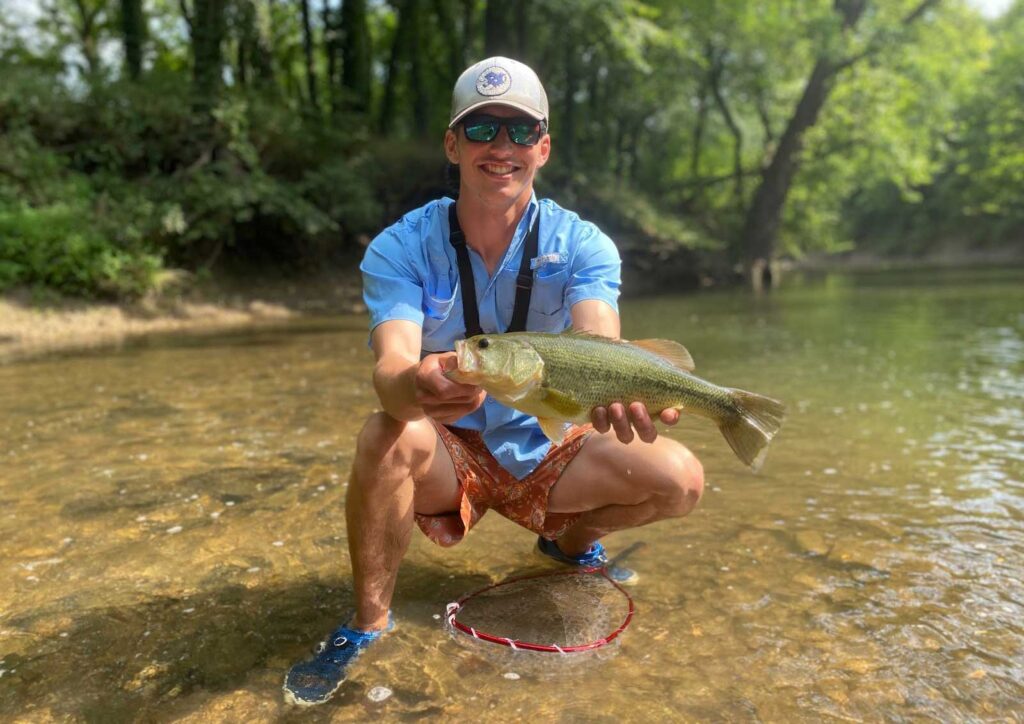
Winter Best Time
During winter, bass tend to be less active due to the cold water temperatures. As a result, they will typically feed less and become more sluggish. However, there are still opportunities to catch them if you know when and where to look.
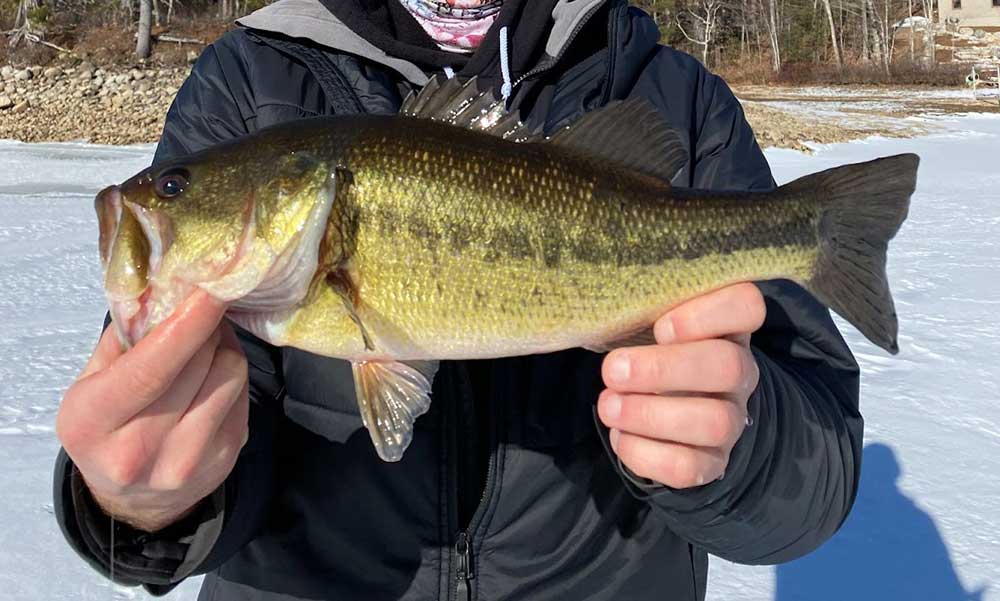
The best time to fish for bass during winter is generally midday when the sun is at its highest point in the sky. This is because the sun can warm up the water slightly, which can make the fish more active and improve the bass fishing. You’ll want to focus on areas that receive direct sunlight such as shallow flats or rocky structures.
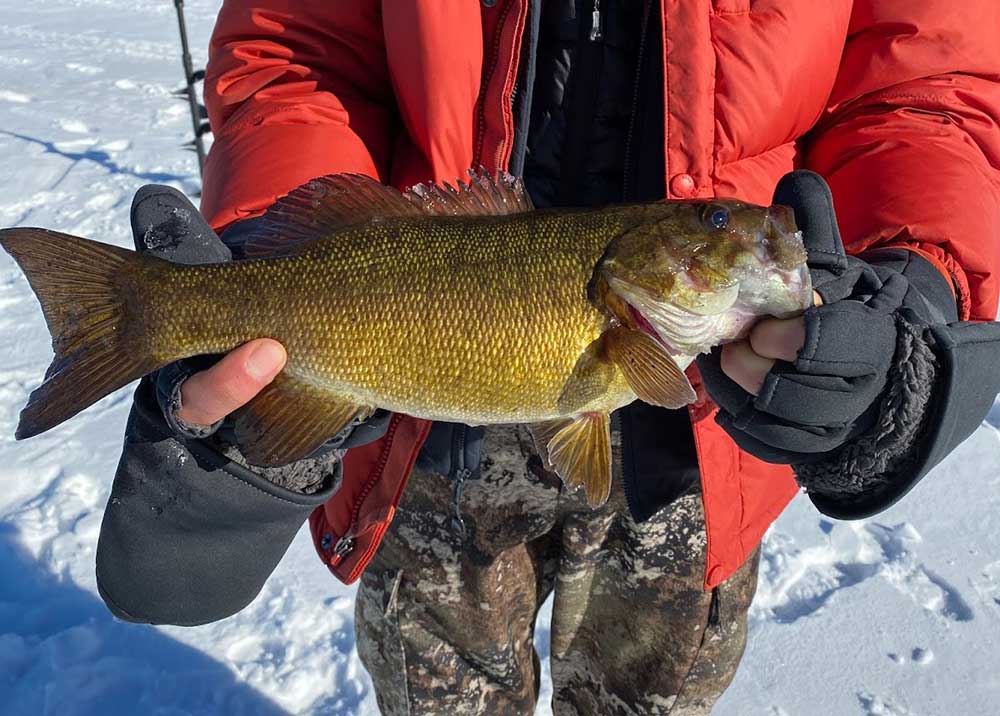
Another good time is during warmer spells of weather. If there has been a few days of mild temperatures, then you may find that the fish become more active and willing to feed. Look for areas with cover such as rocks or logs where they can hide and ambush their prey.
Overall, catching bass during winter can be challenging but not impossible. By targeting midday and warmer spells of weather and focusing on areas where they are likely to be hiding, you can increase your chances of success.
The hassle free way to monetize your acreage.
Spring Best Time
Spring is one of the best times of year for catching bass as they become more active and begin to feed more aggressively after a long winter. As the water warms up, they will start moving towards shallower waters in search of food and breeding grounds.
The best time to fish for bass during spring is typically in the early morning or late afternoon/evening when the water temperature is at its warmest. Look for areas with cover such as weed beds, brush piles or fallen trees where they can hide and ambush their prey.
Another good time is during overcast or rainy days, which can make them more active and willing to feed. You may also find that they are more likely to be found in deeper waters on these days.
As spring progresses, you’ll want to pay attention to the spawning season which usually occurs between March and May depending on your location. During this time, you’ll want to avoid disturbing them so as not to disrupt their breeding process.
Overall, spring is an excellent time of year for catching bass as they become more active and easier to find. By targeting early morning or late afternoon/evening fishing trips, focusing on areas with cover and paying attention to weather patterns, you can increase your chances of success.
Summer Best Time
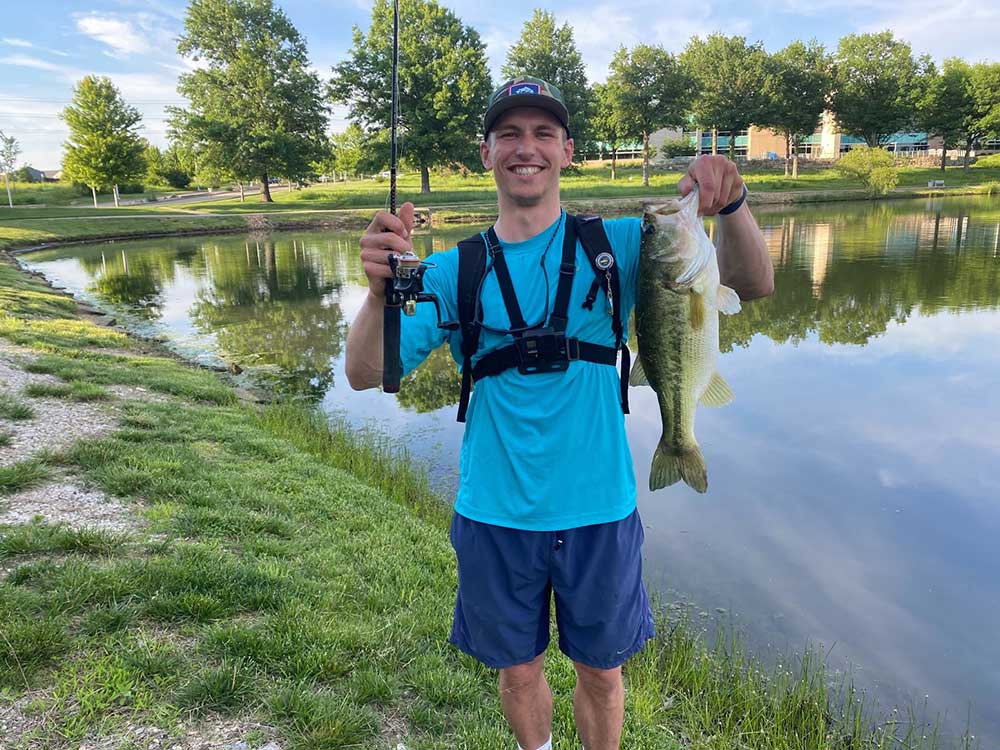
Summer bass fishing is the most popular time to fish for both largemouth and smallmouth bass as the warmer water temperatures make each species more active and easier to find.
The best time to fish for bass in the summer is typically early morning or late evening when the water temperature is cooler. As the sun rises and sets, the water temperature begins to fluctuate which can cause the fish to become more active and willing to feed. You’ll want to target areas with cover such as weed beds, lily pads, or drop-offs where they are likely hiding.
During midday when the sun is high in the sky and temperatures are at their hottest, bass tend to move into deeper waters where it’s cooler. This means that you’ll want to focus on deep structures such as underwater humps, points or ledges where they can be found.
Another factor that can affect bass behavior during summer is weather patterns. Sometimes the best time to fish for bass in the summer is when the weather is overcast or cloudy because these days can provide relief from the heat and make the bass more active while bright sunny days can make them more lethargic.
Fall Best Time
Fall is a great time for fishing and catching bass as the water temperature begins to cool down from summer highs. As the temperature drops, bass become more active and begin feeding in preparation for winter.
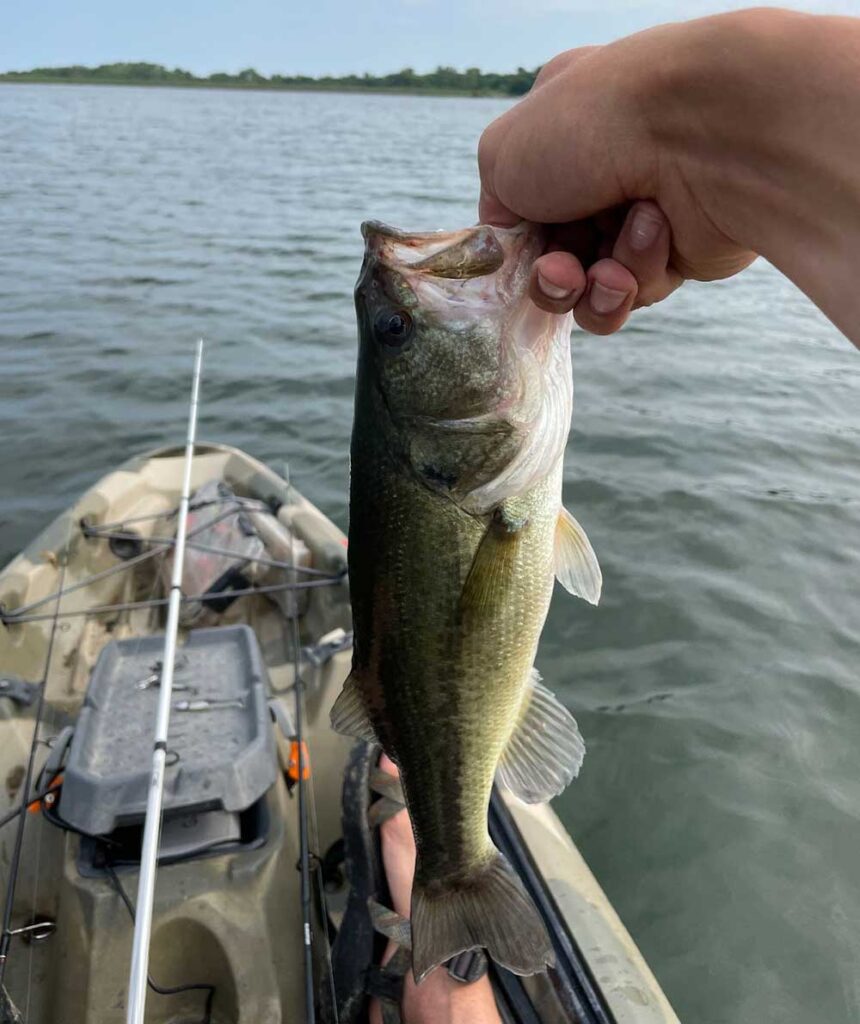
The best time to catch bass during fall is typically early morning or late evening when the water temperature is cooler. Look for areas with cover such as weed beds, lily pads or drop-offs where they may be hiding. As the sun rises and sets, the water temperature begins to fluctuate which can cause the fish to become more active and willing to feed.
Another factor that can affect bass behavior during fall is weather patterns. Cooler temperatures and overcast or rainy days can make them more active while bright sunny days can make them more lethargic. You’ll want to adjust your fishing techniques accordingly based on weather patterns.
Like winter, during fall months, you’ll also want to focus on deeper waters where they may be congregating in schools before moving into their winter habitats. Look for underwater structures such as humps, ledges or drop-offs where they may be hiding.
It’s important to note that fall months coincide with spawning season for some species of bass depending on your location. During this time, you’ll want to avoid disturbing them so as not to disrupt their breeding process.
Why limit yourself to public land when there are millions of acres of private land to explore.
Can You Catch Bass at Night?
Yes, you can catch bass at night. In fact, some anglers prefer to fish for bass during the nighttime hours as it can be a productive and exciting experience. Learn the secrets to bass fishing at night.
Bass are known to feed during the night in search of prey such as crayfish and other small fish. They tend to be more active during the night when water temperatures cool down and predators are less active.
When fishing for bass at night, it’s important to use lures or baits that create noise or vibration to attract them as they rely heavily on their sense of hearing and lateral line system in low light conditions. Topwater lures like buzzbaits or poppers can be effective when largemouth bass fishing by creating surface disturbance and catching the fish’s attention.
Another technique that can be used is slow-rolling a spinnerbait or jig along the bottom where bass may be feeding.
It’s also important to pay attention to moon phases when fishing for bass at night. During full moon periods, there is typically more light which may make it easier for bass to locate prey, making them less likely to bite. On the other hand, during new moon periods when there is little light available, bass may be more willing to strike at lures or baits.
Safety precautions should also be taken when fishing for bass at night. Make sure you have proper lighting equipment such as headlamps or lanterns and avoid fishing alone if possible.
Best Time of Day to Catch Bass by Type
Best Time of Day to Catch Smallmouth Bass
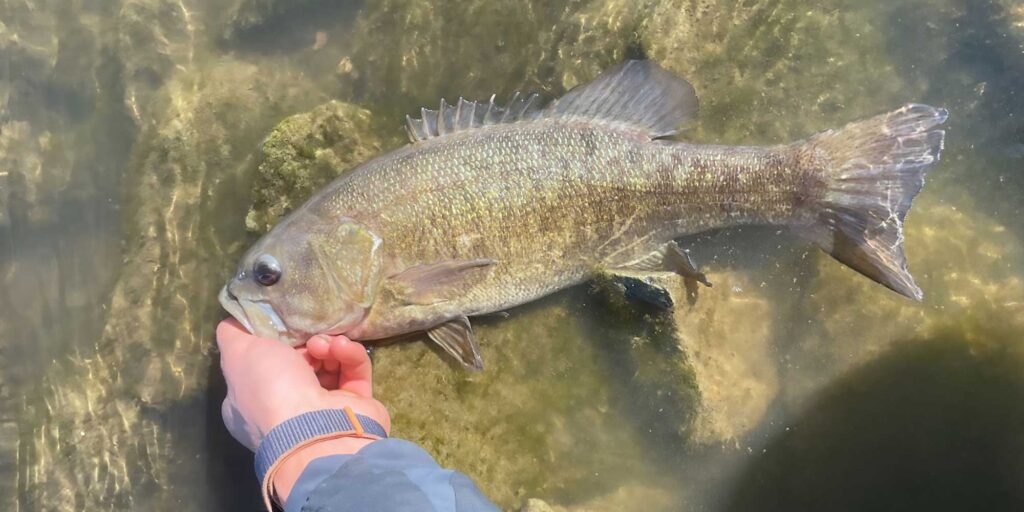
Smallmouth bass are a popular game fish that can be found in rivers, streams, and lakes across North America. They tend to be more active during midday when water temperatures are warmer. As the sun heats up the water, smallmouth bass will often move into deeper waters where they can find cooler temperatures and prey such as crayfish or other bottom-dwelling creatures.
One effective technique for catching smallmouth bass during midday hours is slow-rolling a spinnerbait or jig along the bottom where they may be feeding. Another option is using live bait such as nightcrawlers or minnows which can entice them to bite.
It’s also important to pay attention to weather patterns when fishing for smallmouth bass. Overcast or rainy days can make them more active while bright sunny days may make them more lethargic. Windy conditions can also create choppy water which can trigger smallmouth bass to feed on baitfish near the surface.
Moon phases can also affect smallmouth bass behavior with new moon periods often being more productive due to decreased light levels which makes them feel less exposed and more willing to strike at lures or baits.
In summary, midday hours when water temperatures are warmer are generally considered the best time of day for catching smallmouth bass. However, factors such as weather patterns and moon phases should also be taken into account when planning your fishing trip.
Best Time of Day to Catch Largemouth Bass
Largemouth bass are most active during low light conditions such as early morning or late evening hours. During these times, they may move into shallower waters to feed on baitfish and other prey. Topwater lures such as poppers or buzzbaits can be effective in catching the attention of largemouth bass during low light conditions. Another effective technique is using soft plastic baits or jigs fished along weed lines or other structure where largemouth bass may be hiding.
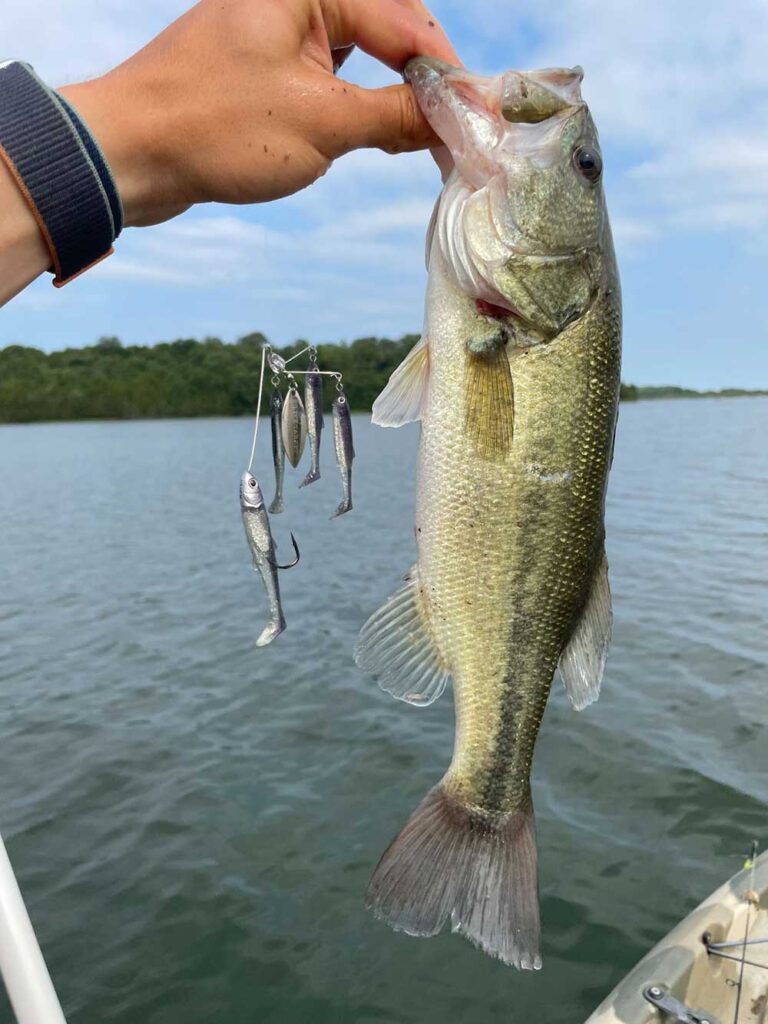
Weather patterns can also affect largemouth bass behavior. Cooler temperatures and overcast or rainy days can make them more active while bright sunny days may make them more lethargic. Windy conditions can trigger feeding activity near the surface. During midday hours, largemouth bass may retreat into deeper waters or under cover such as weed beds or fallen trees. However, fishing in heavily shaded areas such as under docks or bridges with jigs or soft plastics fished slowly along the bottom may still yield success. By understanding their behavior and preferred feeding habits, anglers can increase their chances of catching largemouth bass throughout the day.
Best Time of Day to Catch Striped Bass
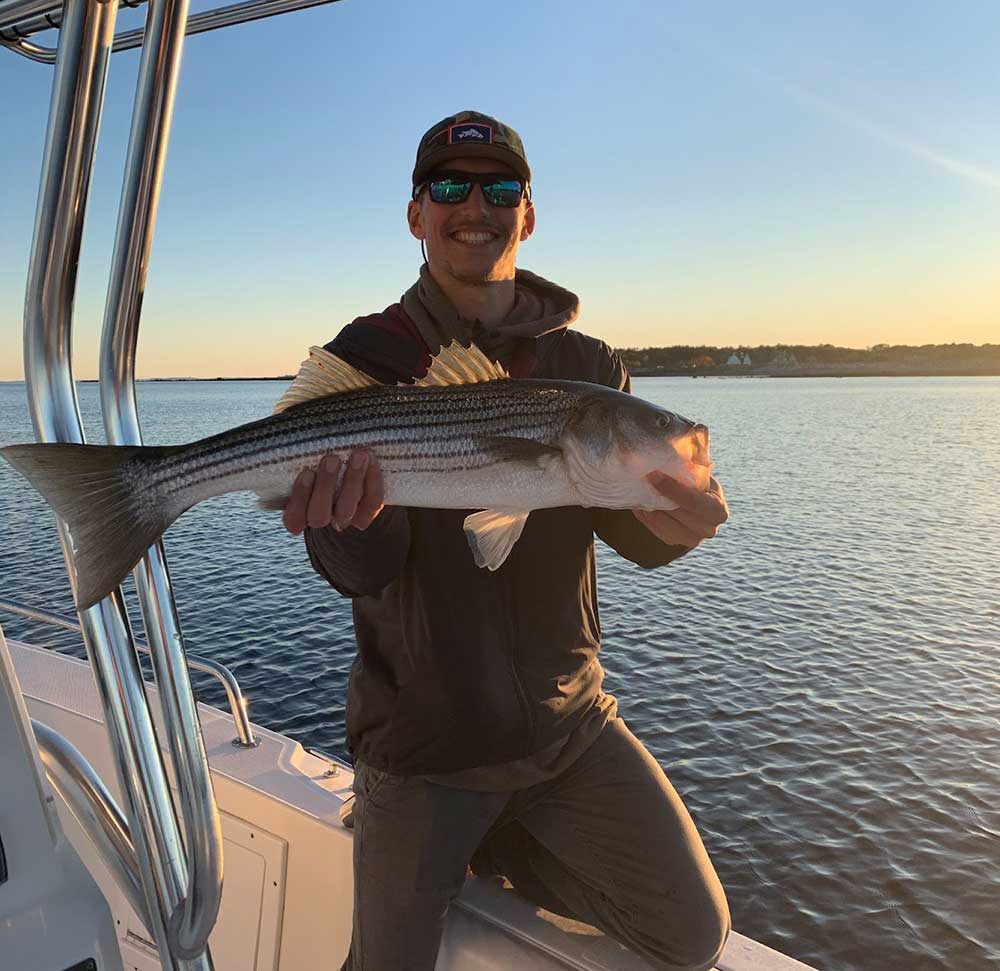
Striped bass, also known as stripers, are a popular game fish found in both freshwater and saltwater environments. Generally, early morning or late evening hours are considered the prime times to catch striped bass as they tend to be more active during low light conditions.
During these times, anglers may have success using topwater lures such as poppers or surface plugs that mimic the movement of baitfish on the surface. Striped bass often feed on smaller fish near the surface during low light conditions and will strike at lures that mimic their prey. Another effective technique is using live bait such as eels or herring fished near structures where striped bass may be hiding.
It’s important to note that water temperature can also affect striped bass behavior. In colder water temperatures, they may be less active and more lethargic while in warmer water temperatures they may move into shallower waters to feed. Weather patterns such as overcast or rainy days can make them more active while bright sunny days may make them more elusive. By understanding their behavior and preferred feeding habits, anglers can increase their chances of catching striped bass throughout the day.
Conclusion
Knowing the best time of day and season to go bass fishing can make all the difference in your fishing experience. During winter, bass tend to be less active while spring and fall offer prime opportunities for catching them. In summer, early morning or late evening is typically the best time to target areas with cover. Additionally, night fishing can also be productive and exciting. By understanding the behavior of different types of bass, you’ll have a better chance of catching them during their most active feeding times. With this knowledge in hand, you’ll be sure to have a successful fishing trip next time you hit the water!
Why limit yourself to public land when there are millions of acres of private land to explore.

